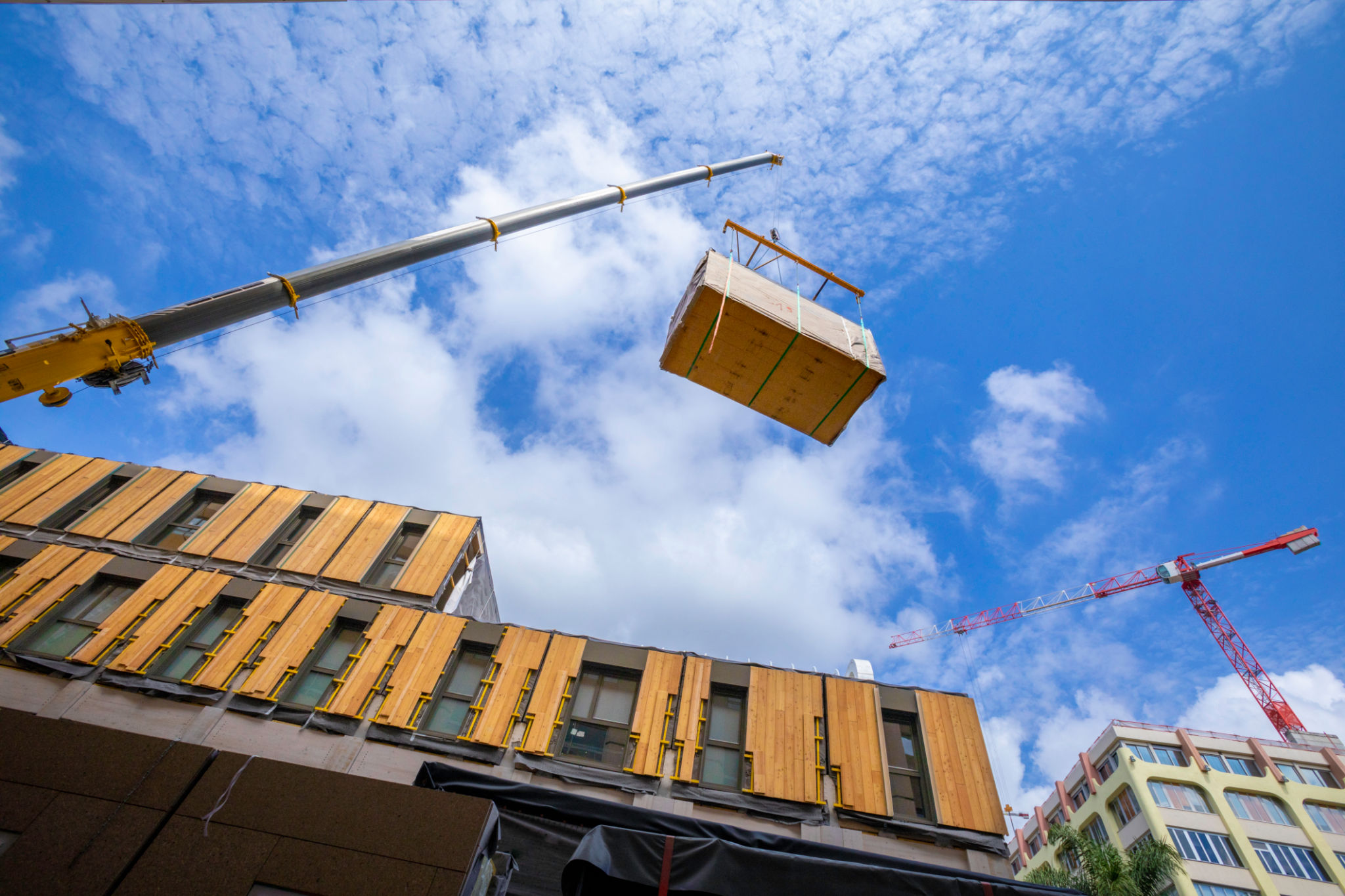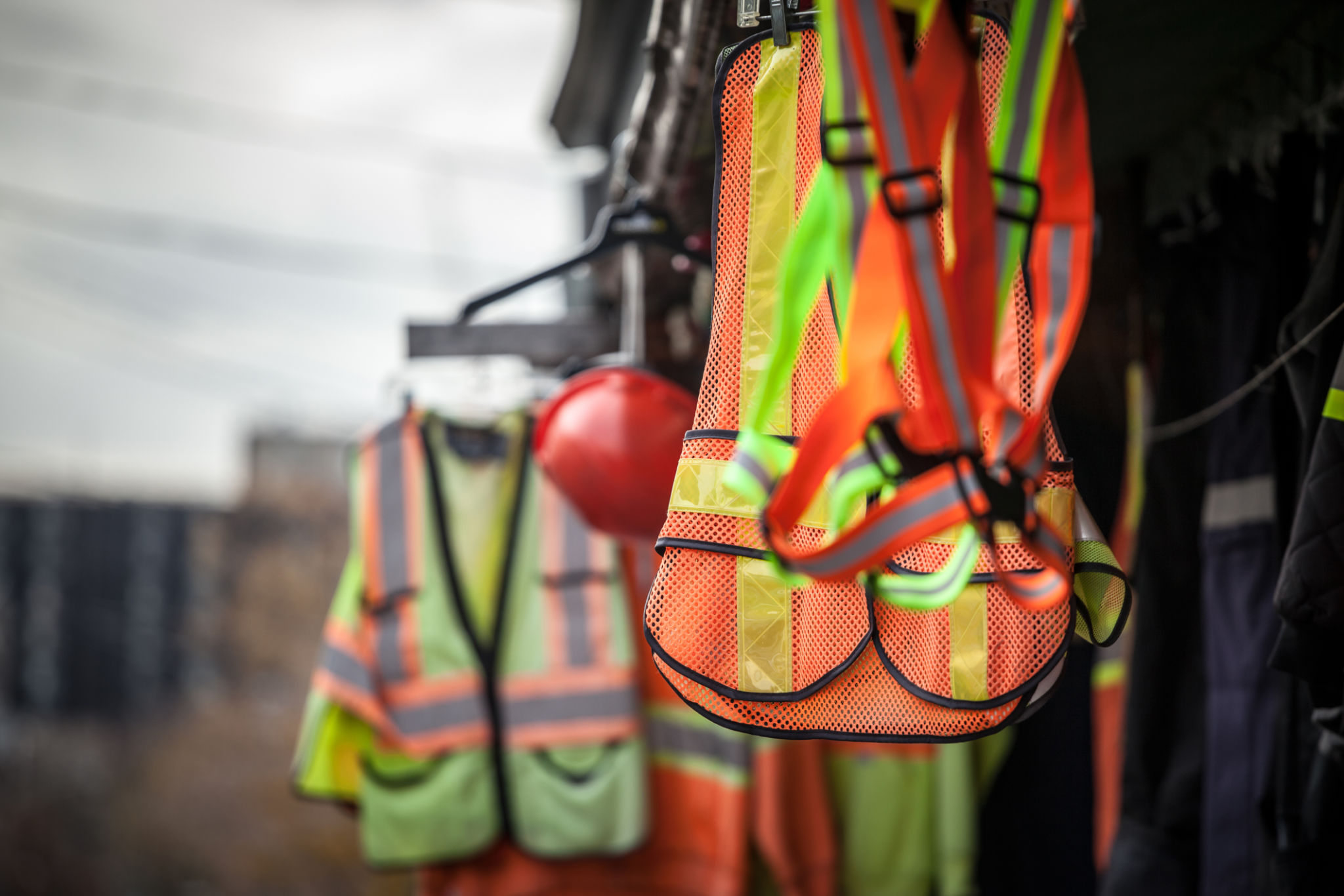The Future of Crane Training: Trends and Innovations
KM
Advancements in Crane Training Technology
The world of crane operation is evolving rapidly, driven by technological advancements and a growing need for skilled operators. The incorporation of cutting-edge technologies in crane training is paving the way for more efficient, safe, and comprehensive learning experiences. Among the most significant innovations are virtual reality (VR) simulators, which allow trainees to practice in a controlled, risk-free environment.
VR simulators provide a realistic experience that closely mimics real-world crane operation. Trainees can practice handling various types of cranes and respond to potential hazards without the risk of physical accidents. This technology not only enhances skill development but also boosts confidence among novice operators.

The Role of Augmented Reality (AR) in Crane Training
Another transformative trend in crane training is the use of augmented reality (AR). AR overlays digital information onto the real world, offering an interactive learning experience. For crane operators, AR can provide real-time data and guidance during training sessions, helping them understand complex scenarios and improve decision-making skills.
For instance, AR can display critical information such as load weight, wind speed, and boom angle directly on a trainee's headset. This immediate feedback allows trainees to make informed decisions quickly, thus enhancing their operational efficiency and safety awareness.
Online Learning Platforms and E-Learning
The rise of online learning platforms has also had a significant impact on crane training. E-learning modules offer flexibility and accessibility, allowing trainees to learn at their own pace from any location. These platforms often include interactive courses, video tutorials, and quizzes to reinforce learning.
Moreover, online platforms can be continuously updated with the latest industry standards and safety regulations, ensuring that trainees receive current and relevant instruction. The integration of multimedia resources makes complex concepts more digestible and engaging.

Data Analytics and Performance Tracking
Data analytics is becoming an integral part of modern crane training programs. By collecting and analyzing performance data, trainers can gain insights into a trainee's strengths and areas for improvement. This data-driven approach allows for personalized training plans that cater to individual needs.
Performance tracking systems can monitor various metrics such as reaction time, precision in handling loads, and adherence to safety protocols. With this information, trainers can provide targeted feedback and adjust training methods to optimize learning outcomes.
Environmental Considerations in Crane Training
As environmental concerns become increasingly important, crane training is also shifting towards eco-friendly practices. This includes educating trainees on energy-efficient crane operation and reducing carbon emissions. Training programs may incorporate lessons on selecting equipment that minimizes environmental impact and promotes sustainable practices.

The Human Element: Soft Skills and Communication
While technical skills are crucial, there's a growing recognition of the importance of soft skills in crane operation. Effective communication, problem-solving, and teamwork are essential for ensuring safety and efficiency on the worksite. Modern training programs are incorporating these elements to prepare operators for collaborative work environments.
Cranes often operate in busy construction sites where clear communication with ground crews and other operators is vital. Training simulations now include scenarios that require trainees to practice these interpersonal skills alongside technical challenges.
Preparing for the Future
The future of crane training is bright, with technology playing a pivotal role in shaping the next generation of operators. As innovations continue to emerge, training programs will become more comprehensive, blending advanced technology with essential human skills. This holistic approach ensures that crane operators are well-equipped to meet the demands of modern construction environments safely and efficiently.
Investing in these trends and innovations not only enhances the skill set of crane operators but also contributes to a safer and more sustainable construction industry as a whole.

